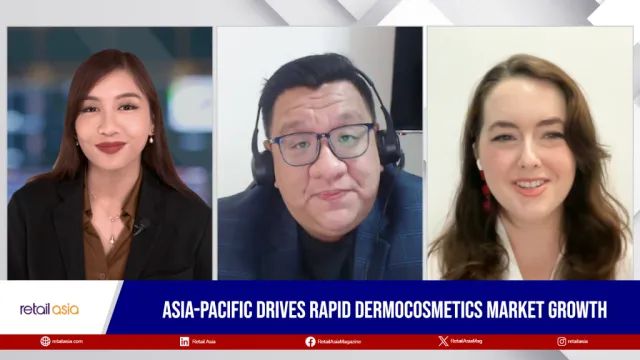
What fuels China's digital economy surge
Rising incomes have led to higher consumer demand for seamless shopping experiences.
Increased online shopping, payment platforms, and pandemic-induced lockdowns have driven China's digital economy to grow by 15% annually over the past five years, according to KPMG’s Towards Seamless Commerce report.
The report said that rising incomes have led to higher consumer demand for seamless shopping experiences.
“Chinese retailers are adjusting their business and operating models to establish seamless organisational structures, integrating online and offline resources to increase product range, and develop targeted, personalised marketing and pricing,” it said.
The adoption of 5G and AI has also driven retail innovation, improving operational efficiency with intelligent self-service and 'last-mile' delivery solutions. Government support has further accelerated digital transformation efforts and enhanced consumer purchasing power.
Meanwhile, Hong Kong's luxury retail sector, which heavily relies on Mainland Chinese tourism, is slowly recovering to pre-COVID-19 levels.
ALSO READ: India's urban e-commerce thriving amidst economic challenges: report
Chinese retailers are integrating online and offline resources to expand product ranges and enhance personalised marketing and pricing strategies.
China leads the global e-commerce market with a value exceeding $1.4t, representing 40% of the global market share.
“As shoppers become increasingly sophisticated, online platforms are using recommendation algorithms, personalised marketing, and social media to deliver unique, customised products and experiences,” the report said.
The report also noted that consumers in Hong Kong (SAR) are less advanced in digital commerce compared to those in Mainland China, highlighting potential growth prospects for the digital commerce sector in the region.

















 Advertise
Advertise





